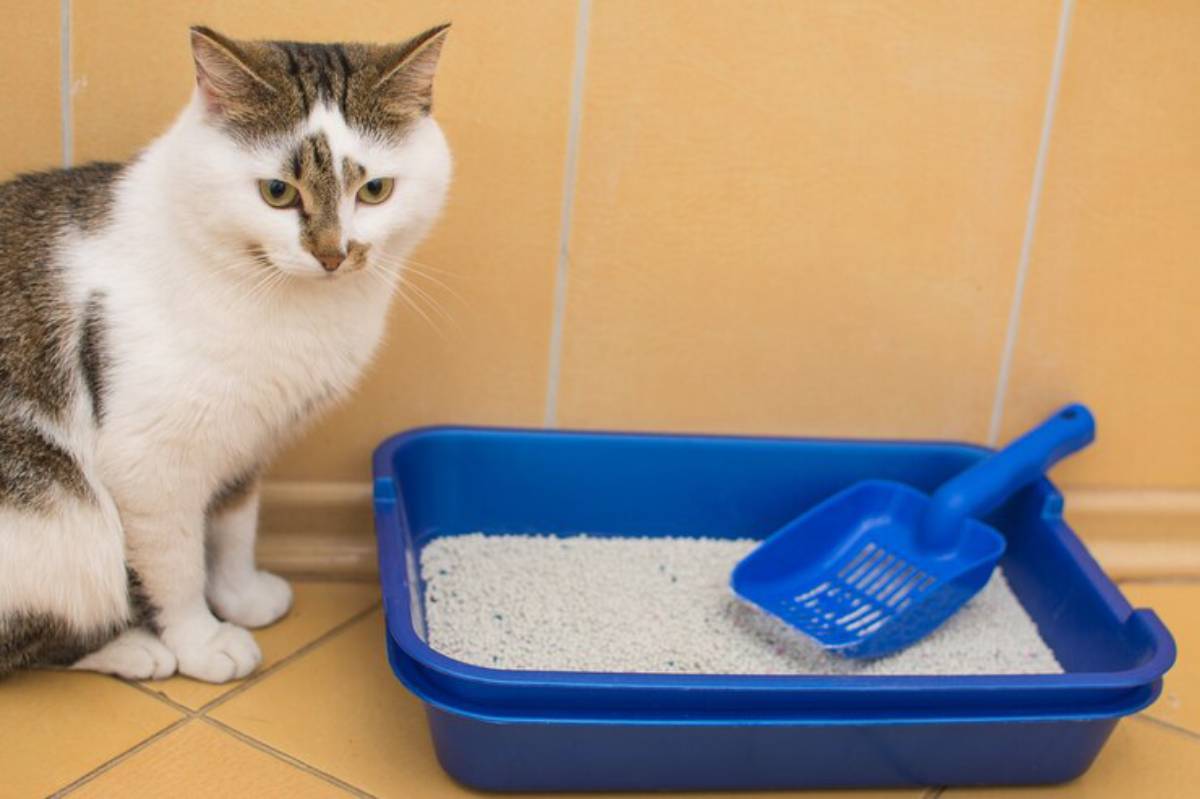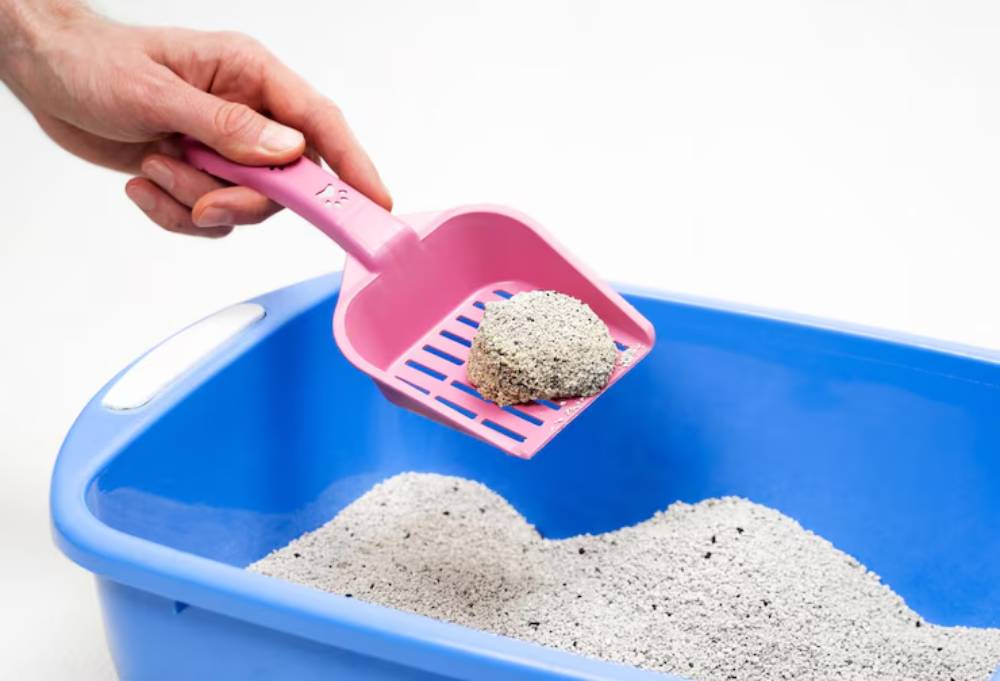
Dealing with Litter Box Odours Effectively
Let’s face it—nothing ruins a cosy evening like that unmistakable litter box whiff. It sneaks up on you. One minute, your living room smells fresh and floral; the next, it’s like a miniature zoo moved in. If you’re a cat owner, you’ve likely been there. And if you’re reading this, you’re probably trying to fix it.
Whether you’re new to cat parenting or have lived with felines for years, eliminating litter box odour is a challenge we all face at some point. The good news? It’s manageable. You don’t need fancy gadgets or industrial-strength sprays—just the proper routine, a few savvy choices, and insider know-how.
In this guide, we’ll explore the best cat litter smell solutions, from daily hacks to long-term strategies, and reveal the secrets to odour control for litter boxes that work. Let’s freshen things up, shall we?
Why Litter Box Odour Happens?
Understanding the Root Cause
Cats are clean creatures. They bury their waste, avoid dirty areas, and often groom obsessively. So why does their litter box reek?
Here’s what’s going on:
- Ammonia build-up from urine can produce a sharp, eye-watering smell.
- Bacterial activity from faeces multiplies rapidly in warm, moist environments.
- Poor ventilation, wrong litter choices, or inconsistent cleaning can worsen things.
The solution? Tackling it from multiple angles: cleaning habits, litter selection, box placement, and maintenance routines.
Daily Habits That Make a Huge Difference

1. Scoop Like You Mean It (Twice a Day Is Ideal)
It may sound obvious, but regular scooping is your number one weapon against stink. Urine clumps and faeces should be removed at least twice daily, especially in multi-cat households.
If you’re busy or forgetful, set a reminder on your phone. You’d be amazed how this one habit can change everything.
2. Top Up, Don’t Overfill
Keeping the litter depth at around 5–7 cm is just right. Too shallow, and waste hits the bottom (leading to stickiness and odour). Too deep, and your cat might feel overwhelmed or scatter it everywhere.
After scooping, top up with fresh litter to keep things balanced.
3. Stir It Up
A quick stir redistributes unused litter and helps break up any hidden clumps forming underneath. It’s a small step that has a surprisingly significant impact on litter box odour control.
Choosing the Right Litter: A Game-Changer for Smell Control
Not all litter is created equal. Some trap smells better than others, and a poor choice can make your cat reluctant to use the box.
Types to Consider:
- Clumping clay: Absorbs moisture fast and locks in odour. Most popular for a reason.
- Activated charcoal blends: Known for their superior smell absorption.
- Silica crystals: Dry and odourless, though not all cats like the texture.
- Natural litters (wood, corn, walnut): Great eco-friendly options with varying success on odour.
Top Tip: Avoid overly perfumed litter. They often mask the smell without solving it, and your cat’s sensitive nose might rebel.
Cleaning Routines That Work
1. Weekly Deep Clean
A fresh scoop isn’t always enough. Once a week, do a complete clean-out:
- Empty all litter.
- Wash the box using warm water and mild, unscented soap.
- Avoid ammonia or bleach—they mimic urine smells and can irritate your cat.
- Dry thoroughly and refill with fresh litter.
2. Monthly Disinfection
Every 3–4 weeks, use a pet-safe disinfectant or a diluted white vinegar to eliminate lingering bacteria and neutralise smells.
Have two litter boxes? Rotate them so one is always clean while the other dries. Easy and effective.
The Power of Litter Box Placement

Where you put the litter box matters more than you might think. Here are the best practices for litter box hygiene:
Best Practices:
- Well-ventilated area: Fresh air helps disperse smells faster.
- Low-traffic but accessible: Cats need privacy but don’t want to trek across the house.
- Away from food and water bowls: Cats (like us) don’t like dining near the loo.
Avoid putting it in small, enclosed spaces like cupboards or bathrooms without proper airflow.
Smart Products for Odour Control
Some clever tools can make litter box life much easier and less smelly.
Must-Have Odour Solutions:
- Carbon or charcoal filters: Often built into covered boxes, these trap smells at the source.
- Litter box liners: Make cleaning quicker, though not all cats love them.
- Odour-neutralising sprays: Choose enzyme-based options that break down waste naturally.
- Deodorising powders: Baking soda-based products can be mixed with litter for freshness.
- Air purifiers: These are especially useful in small flats or if you have allergies.
Multi-Cat Homes: Special Considerations
More cats = more boxes = more potential for odour.
Here’s how to stay ahead:
- One box per cat, plus one extra, is the golden rule.
- Scoop even more frequently—up to three times a day if needed.
- Use multiple litter types to cater to different preferences.
- Consider placing boxes in different rooms to prevent congestion.
What If the Odour Persists?
Time to Troubleshoot:
- Is the box scratched or worn? Bacteria can settle into grooves, so replace them every 6–12 months.
- Have you tried a different litter type? Some trap smells far better than others.
- Is your cat hydrated and healthy? Strong-smelling urine or stool can signal dietary or medical issues, so a vet visit might be in order.
- Are you using the right amount of litter? Too little and you’ll smell it; too much and your cat might avoid it.
Milo’s Mystery Smell
Let’s talk about Milo—a gorgeous ginger tabby whose owner, Sarah, was at her wits’ end. Despite daily scooping and using a “premium” litter, her house always had a faint whiff of ammonia. Visitors noticed it. She was embarrassed.
After some digging (and a helpful vet), the mystery was solved: the litter box was scratched and retaining odour, despite regular cleaning. Sarah swapped it for a brand-new high-sided box, switched to an unscented clumping clay litter with activated charcoal, and invested in a small air purifier.
The result? A fresh-smelling flat and one happy cat. Sometimes, it’s not just what you’re doing—it’s what you’re overlooking.
Fresh Air, Happy Home
Eliminating litter box odour doesn’t require miracles—just mindfulness. With the right litter, daily habits, and a little strategy, you can keep your home fresh and your cat comfortable. It’s not about perfection. It’s about building a routine that works for both of you.
Let’s recap the golden rules:
- Scoop twice daily
- Choose the right litter
- Deep clean weekly
- Place the box wisely
- Listen to your cat’s feedback
Ready to put these ideas into action? Start with a scoop and a sniff—your nose (and your cat) will thank you.
What’s your go-to trick for controlling litter odour? Share your tips in the comments below, or pass this guide to a fellow cat owner who might need some help clearing the air.


